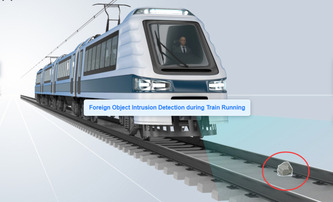
What is Best Collision Avoidance Systems
Collision avoidance systems are advanced safety features designed to help drivers avoid potential accidents on the road. These systems use a combination of sensors, cameras, and radar technology to monitor the vehicle's surroundings and detect potential hazards such as other vehicles, pedestrians, or obstacles. When a potential collision is detected, the system can alert the driver through visual or audible warnings, and in some cases, automatically apply the brakes to prevent or mitigate the impact. The best collision avoidance systems are those that are highly accurate, reliable, and able to effectively assist drivers in avoiding accidents.
Why Best Collision Avoidance Systems
Best Collision Avoidance Systems are crucial in ensuring the safety of drivers and passengers on the road. These systems utilize advanced technology such as sensors, cameras, and radar to detect potential collisions and alert the driver to take evasive action. By providing early warnings and even automatically applying brakes or steering to avoid a collision, these systems can greatly reduce the risk of accidents and save lives. In summary, the importance of Best Collision Avoidance Systems lies in their ability to prevent accidents and protect individuals on the road.
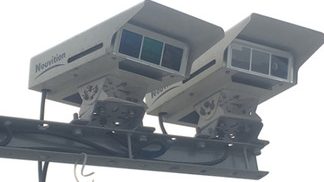
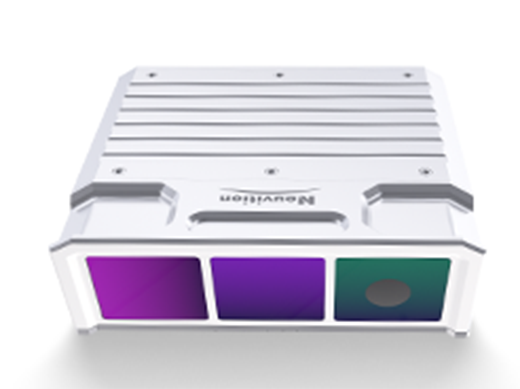
Recent Technology Development of Best Collision Avoidance Systems
Recent technology developments in collision avoidance systems have revolutionized vehicle safety by incorporating advanced sensors, artificial intelligence, and machine learning algorithms. These systems can detect potential collisions and automatically apply brakes or steer the vehicle to avoid accidents. Some of the latest advancements include improved object detection capabilities, enhanced predictive modeling for anticipating driver behavior, and integration with other vehicle systems for seamless operation. Overall, these cutting-edge collision avoidance systems are playing a crucial role in reducing accidents and saving lives on the road.
Applications of Best Collision Avoidance Systems
Collision avoidance systems are becoming increasingly important in various industries, including automotive, aviation, and maritime. In the automotive sector, these systems help prevent accidents by alerting drivers of potential collisions and even automatically applying brakes if necessary. In aviation, collision avoidance systems are crucial for ensuring the safety of aircraft by providing real-time alerts and guidance to pilots to avoid mid-air collisions. Similarly, in the maritime industry, collision avoidance systems help ships navigate safely through busy waterways and avoid collisions with other vessels. Overall, the applications of best collision avoidance systems play a vital role in enhancing safety and reducing the risk of accidents in different sectors. Brief answer: The applications of best collision avoidance systems are essential for enhancing safety and preventing accidents in various industries such as automotive, aviation, and maritime.
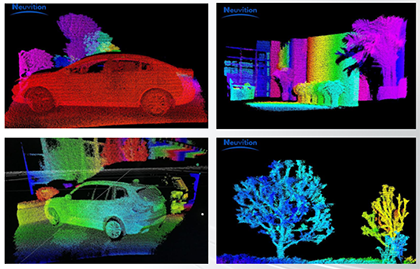
Neuvition Collision Avoidance Systems for Railway
Our collision avoidance systems for railway are designed to enhance safety and prevent accidents on rail tracks. By combining our state-of-the-art LiDAR sensors with advanced software algorithms, we offer the following advantages:
Advantage
- Accurate detection and identification of obstacles in front of trains
- Real-time warning alerts to prevent collisions
- Integration with cameras and other sensors for comprehensive situational awareness
- Customizable solutions to meet specific railway requirements
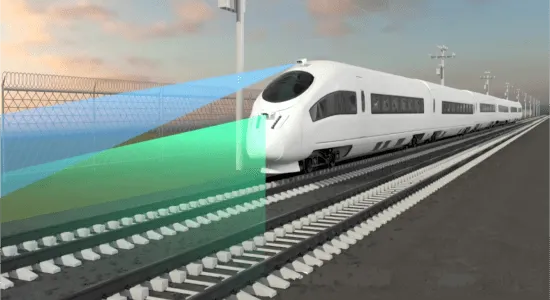
Neuvition Collision Avoidance Systems for Automotive
Our collision avoidance systems for automotive applications are designed to improve road safety and enable autonomous driving capabilities. We offer the following benefits with our integrated LiDAR, Radar, and Camera solutions.
Advantage
- 360-degree detection and tracking of surrounding objects
- Advanced object recognition and classification
- Real-time decision-making for collision avoidance
- Seamless integration with existing vehicle systems
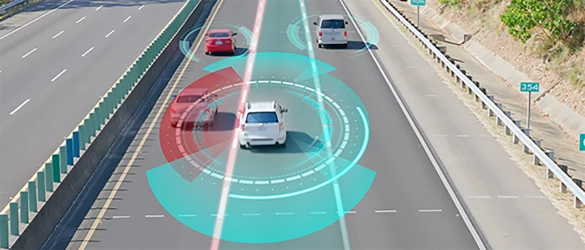
FAQ








Contact Us
If you have any questions or suggestions, please leave a message, we will get in touch with you within 24 hours!
